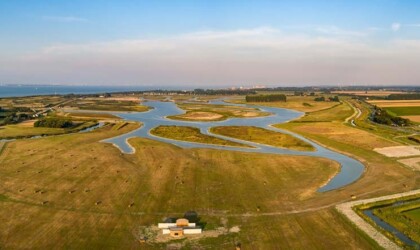The world's population will continue to grow in the years to come. If we want to continue feeding everyone, other production methods are needed.
An area such as the South-western Delta, which is surrounded by salt water, offers solutions. New production methods raise many questions of expertise. The applied research of HZ University of Applied Sciences focuses on those methods that are important here: shellfish aquaculture and innovations in low-trophic biomass such as microalgae and seaweed.


